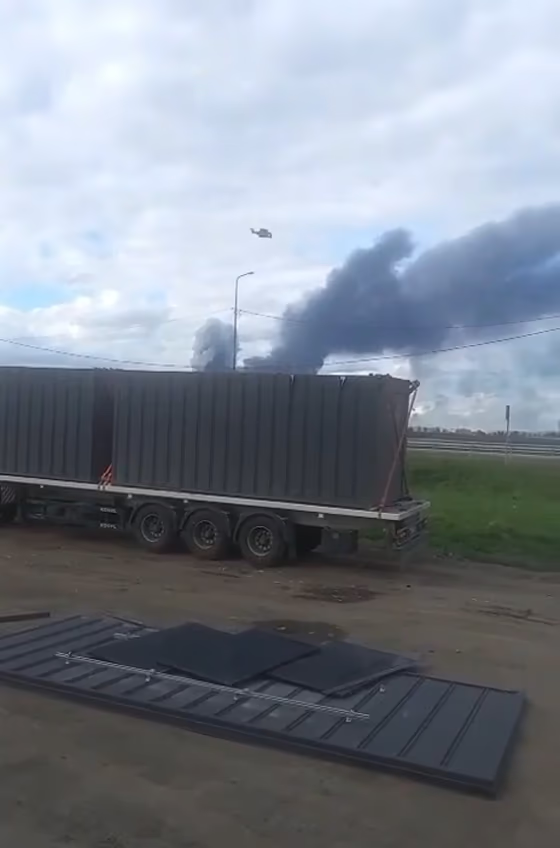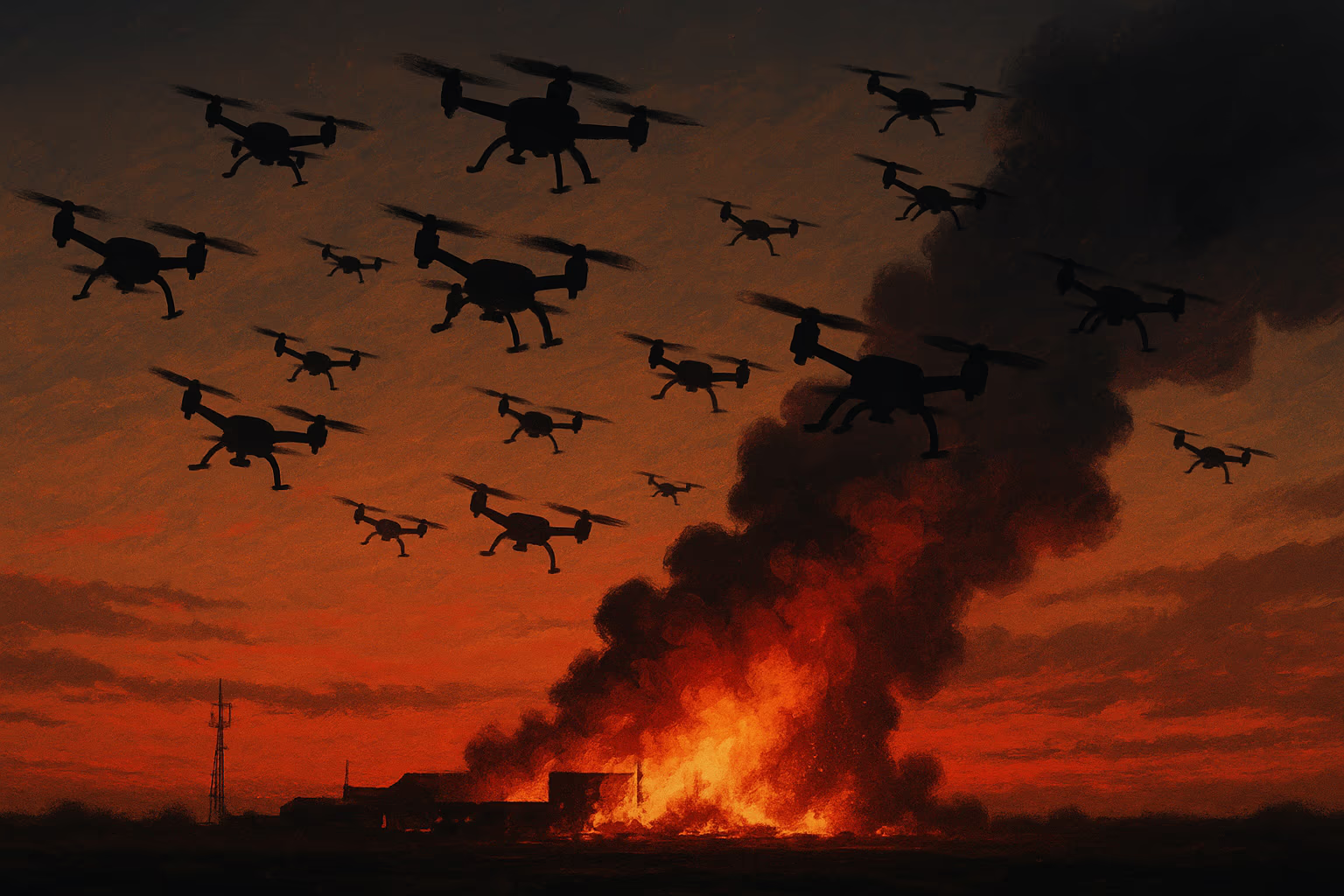Ukraine’s "Spiderweb" operation, which destroyed dozens of Russian aircraft, and the recent Israeli strike on air defenses in Iran were linked not only by timing but also by tactics. In both cases, drones were pre-positioned deep inside enemy territory and activated at an unexpected moment. These attacks illustrate how the nature of warfare is evolving—when a drone becomes a tool of stealth infiltration, and the front line no longer defines the boundary of danger.
Small, hard to detect, and capable of delivering significant destruction—combat drones have become one of the most formidable weapons in modern warfare. But when launched from deep inside enemy territory, as happened this month in Iran and Russia, their impact is especially devastating.
The element of surprise from behind enemy lines fuses classical military strategy with cutting-edge technology. Espionage and covert operations have long been part of armed conflict, but using these methods to pre-position or launch drones marks a new tactic in the constantly evolving art of war, officials and weapons experts note.
That is exactly what happened two weeks ago, when around 40 Russian military aircraft were struck by a swarm of 117 drones that Ukraine had secretly positioned near air bases deep inside Russia—months before the attack. Some of the targets were located thousands of kilometers from Ukrainian territory.
A similar scenario played out in Iran on Friday, where missiles, interceptors, and air defense systems were destroyed. According to sources, the strikes were carried out by Israeli intelligence operatives who had preemptively smuggled in armed drones and other equipment.
Many details of these covert operations—and how exactly they were carried out—remain undisclosed, in order to protect intelligence methods and classified sources.

A truck carrying Ukrainian drones, activated inside Russia near a military airfield.

A truck used to deliver Israeli drones into Iranian territory.
According to Assaf Orion, a retired Israeli brigadier general and military analyst at the Washington Institute for Near East Policy, the key advantage of Israel’s strike on Iran was that it came "from the left flank."
"This means Iran now has to look not only westward for incoming strikes, but inward," Orion noted.
Israeli officials say the operation was the result of years of preparation, including sabotage missions carried out inside Tehran. It was there, on Friday, that some of the most destructive explosions occurred—among them, strikes on residential neighborhoods.
Experts believe the attack involved quadcopters—four-rotor drones. Some were relatively compact but capable of carrying bombs or other weaponry.
"One of the key factors in our success was, of course, the element of surprise," Israeli Prime Minister Benjamin Netanyahu said in a national address Friday evening. "I told President Trump when we spoke: ‘Surprise is the essence of success.’"
Netanyahu compared the operation in Iran to a previous Israeli covert strike conducted in Lebanon last September, in which explosive devices disguised as pagers and radios were used against Hezbollah. That attack—along with Ukraine’s recent strike on Russian bases—has been cited by analysts as an example of how rapidly new technologies are reshaping the conduct of war.
At the core of all these operations—in Lebanon, Russia, and now Iran—is painstaking and often fruitless intelligence work. Such missions can take years to plan and are fraught with significant risk.

Украинские FPV дроны.
"At the end of the day, drones are just tools. What matters is how creatively and strategically you use them," says Farzan Sabet, a Geneva-based analyst of armaments and Iranian policy at the Graduate Institute of International and Development Studies. "This is a natural evolution. What we’re seeing now is just a preview of what lies ahead."
According to him, drones are particularly well suited for covert operations if they can be smuggled into enemy territory in parts, over time—making them even harder to detect.
As drone warfare evolves, so too will methods of defense. These may include simple measures—such as protective casings for equipment and reinforced structures—as well as more advanced technologies like electronic warfare tools or interception systems.
Sabet notes that Iran has long been working to develop a multi-layered air defense system with "360-degree threat perception." In theory, it should be capable of detecting both high-altitude threats—such as ballistic missiles—and low-flying drones launched just a few kilometers from the target. Why it failed on Friday remains unclear.
However, the similarity between the Israeli and Ukrainian operations involving covertly deployed drones suggests that this tactic is likely to be used in other conflicts—at least until even stealthier or more destructive strategies emerge.
"The technology involved in the Ukrainian and Israeli operations is impressive. It pushes the boundaries of what’s possible," Sabet says. "But what strikes me even more is the human element behind these missions. That’s what is truly extraordinary."
